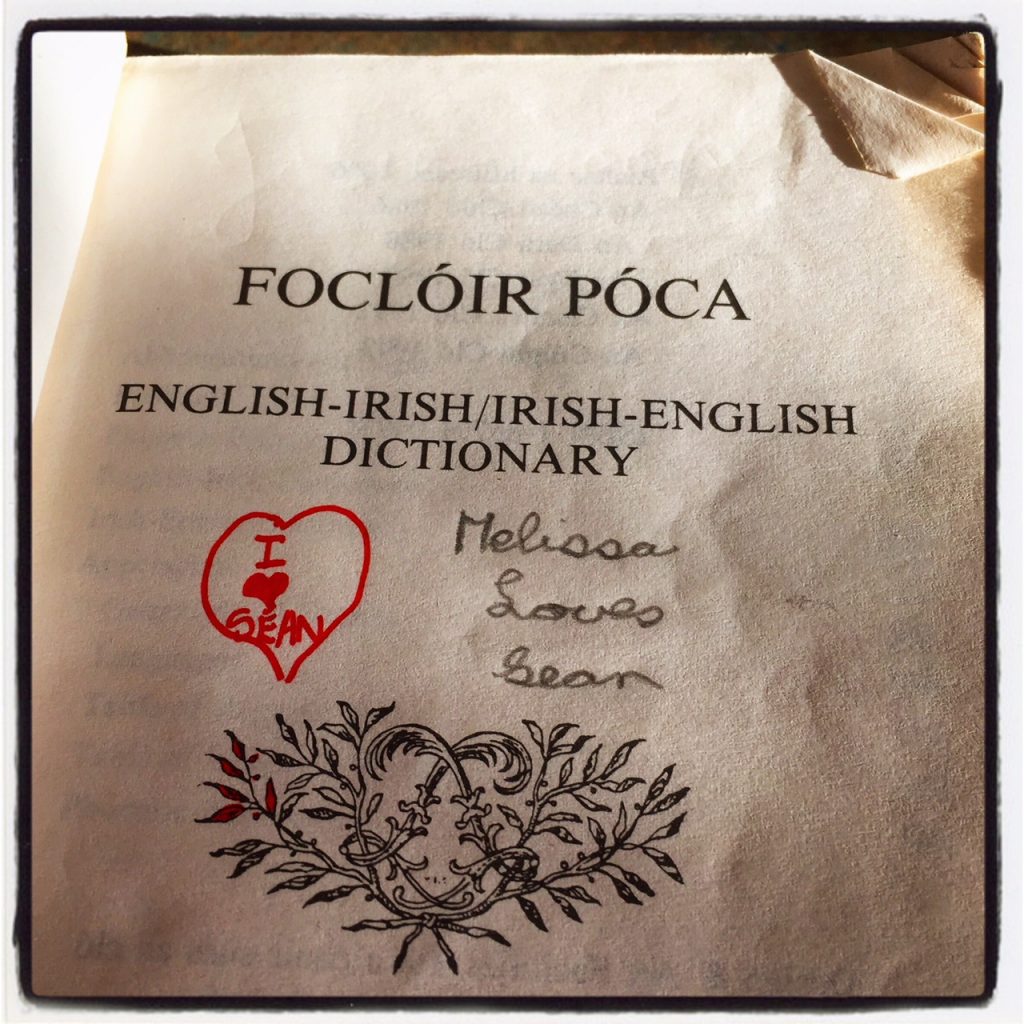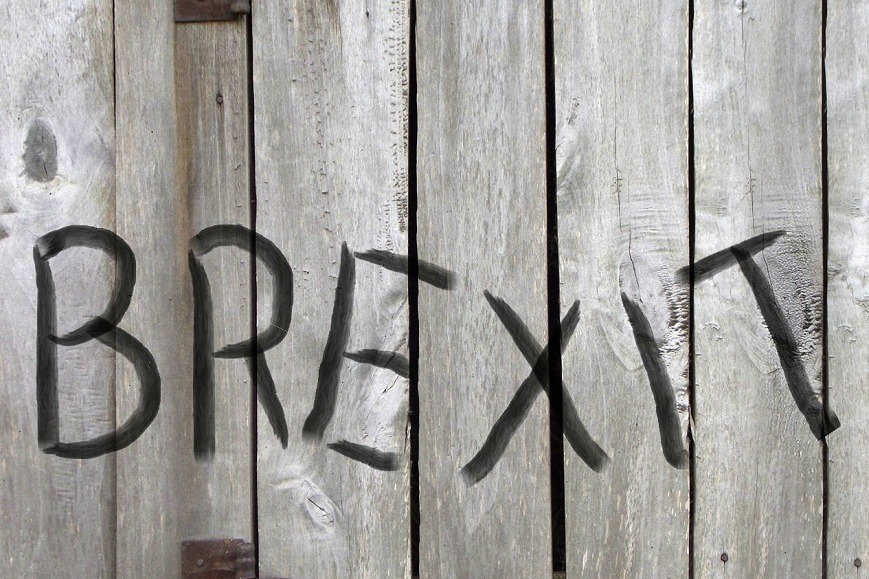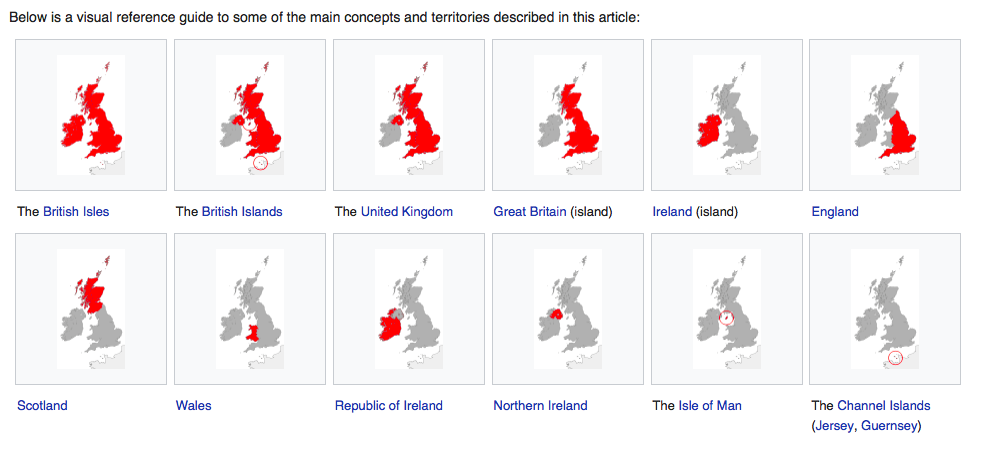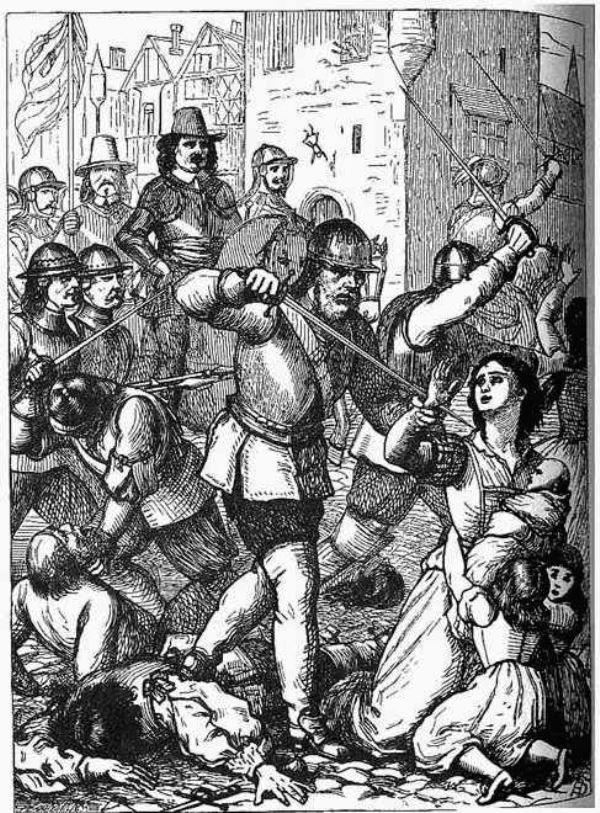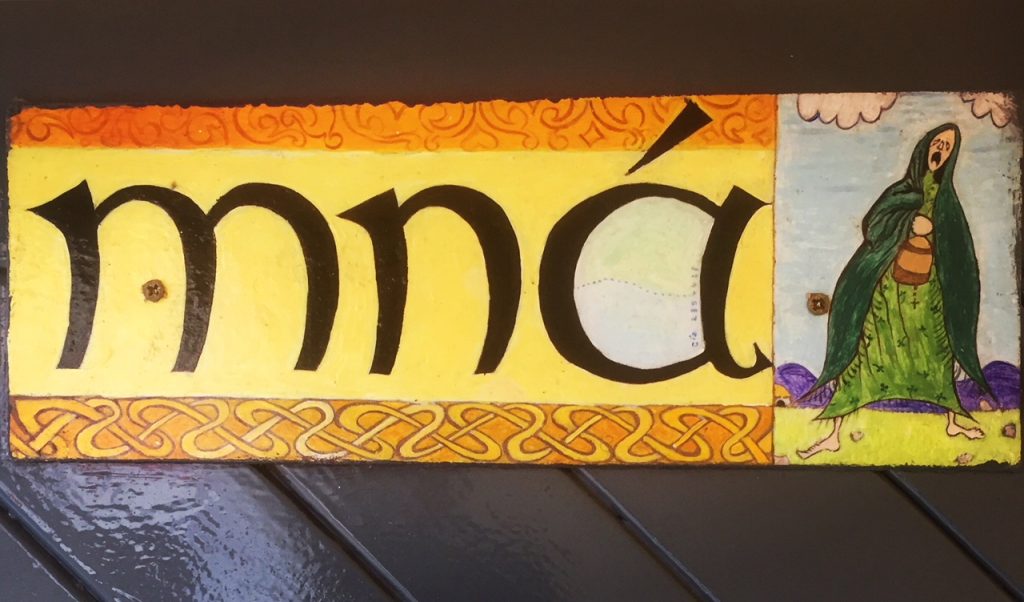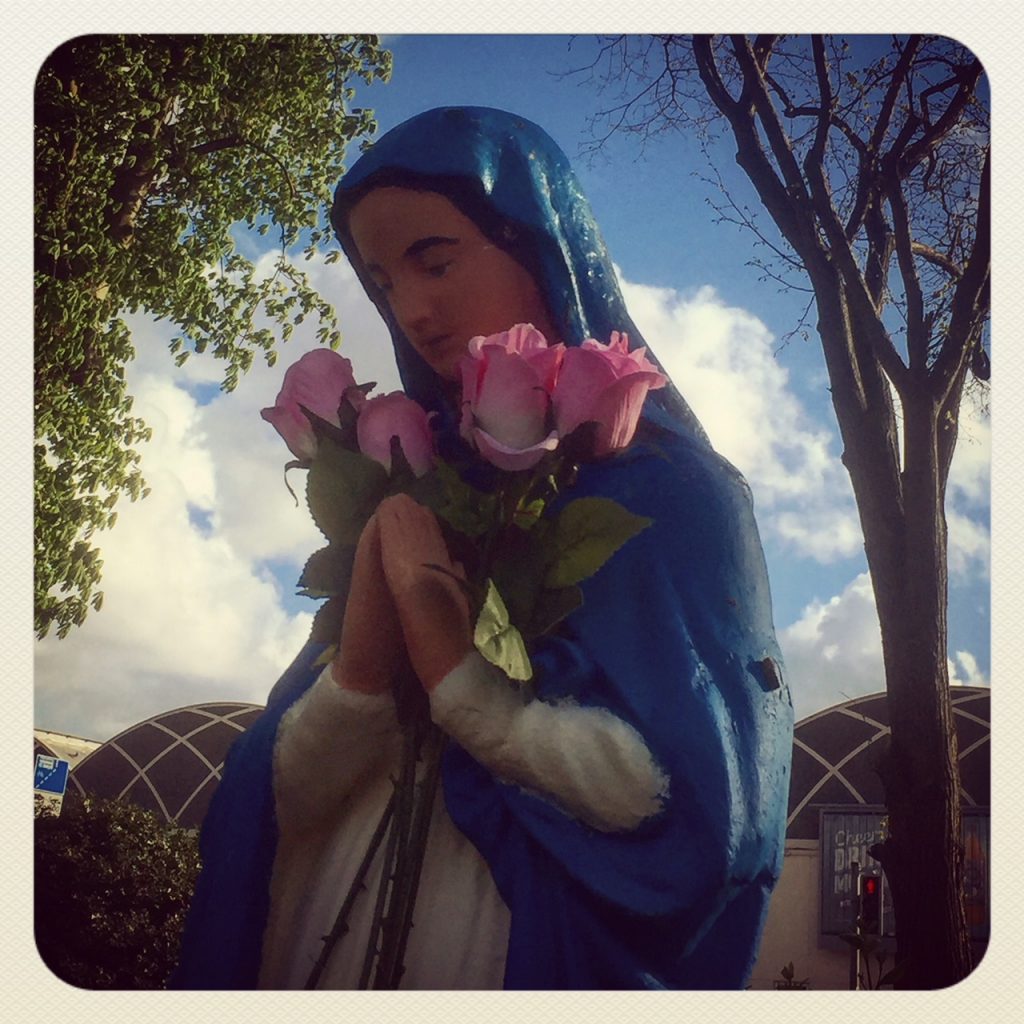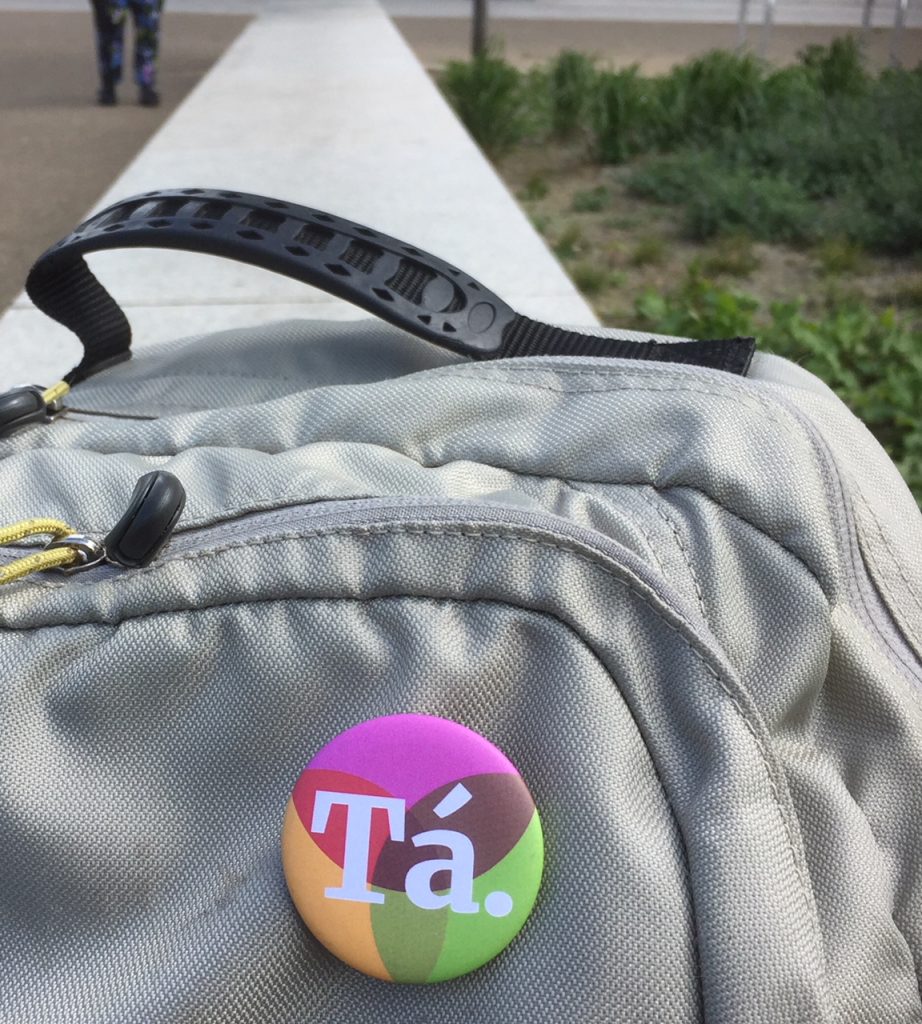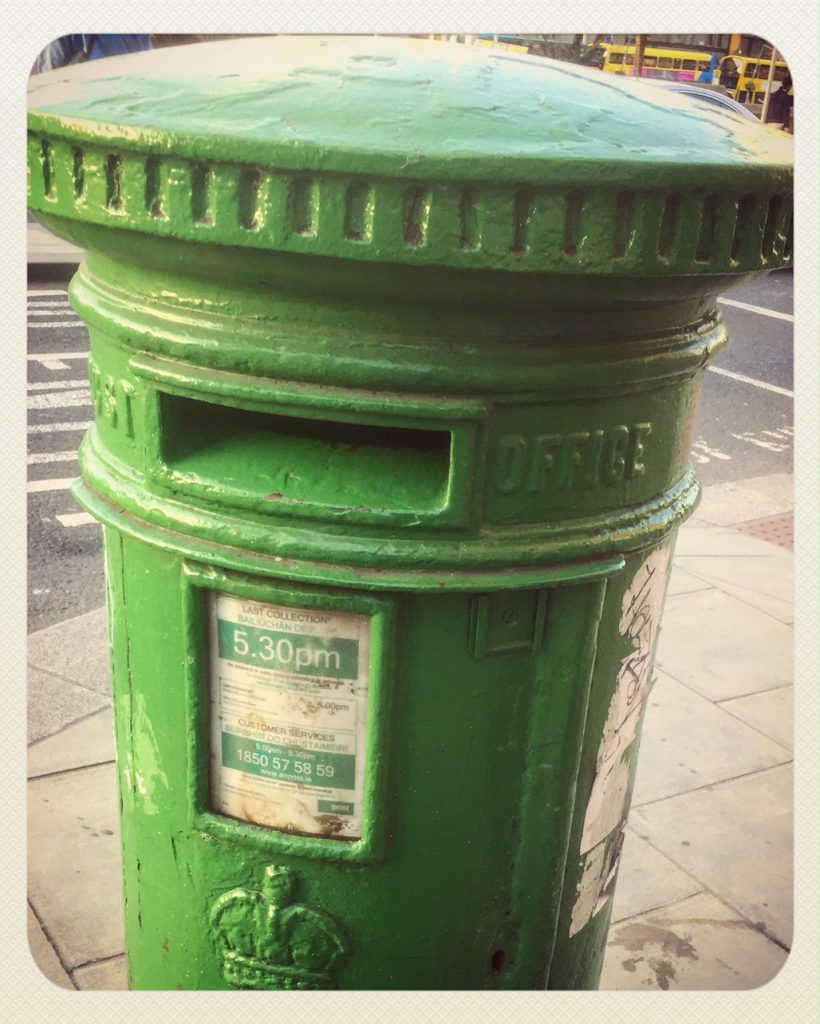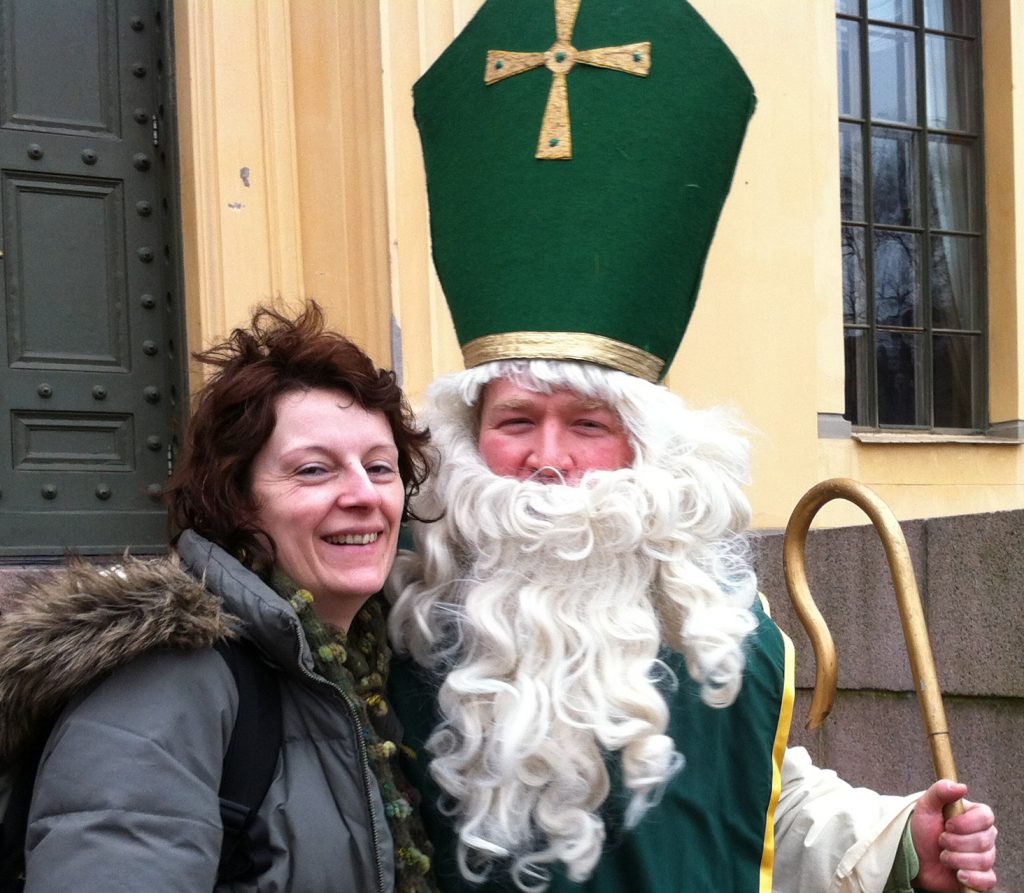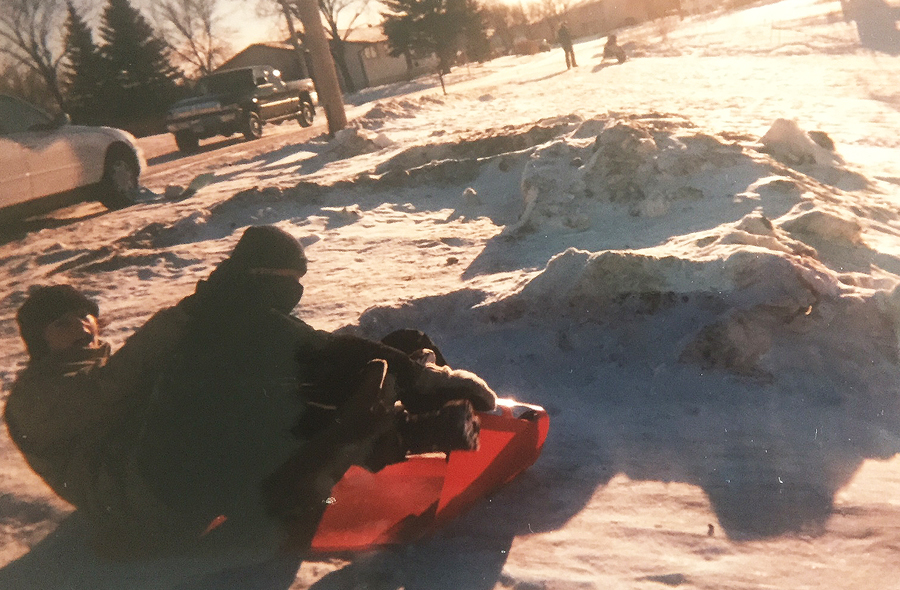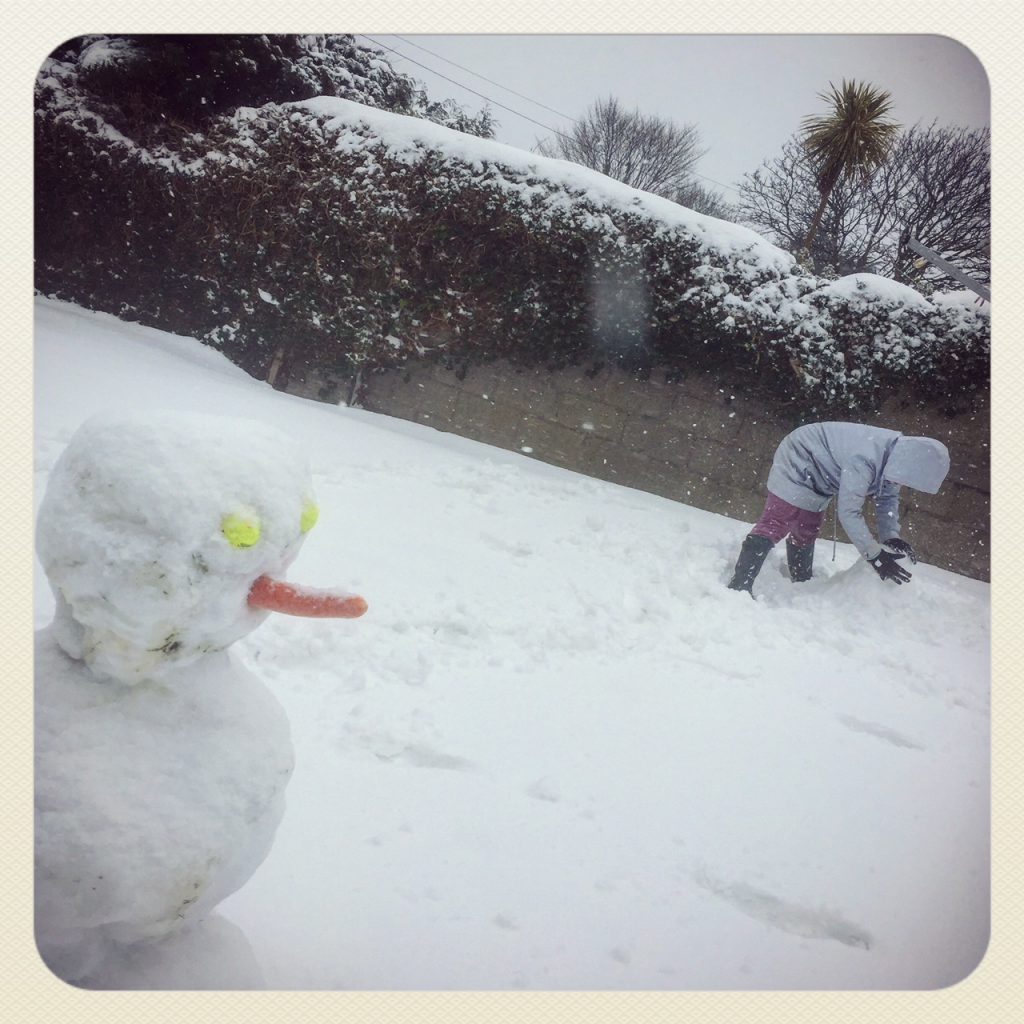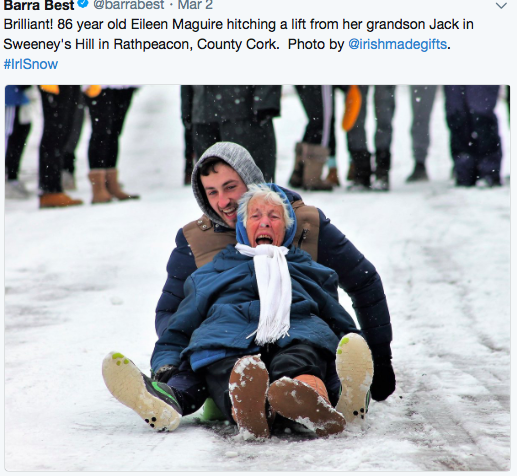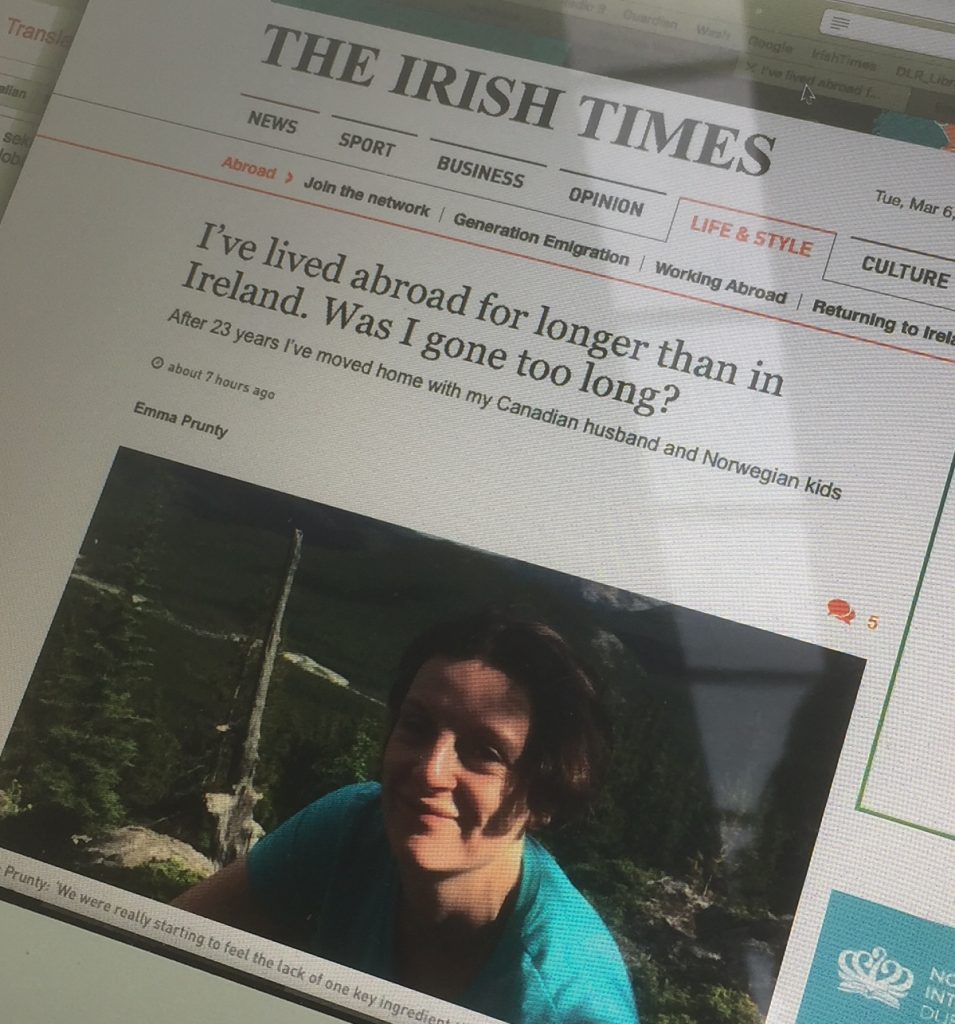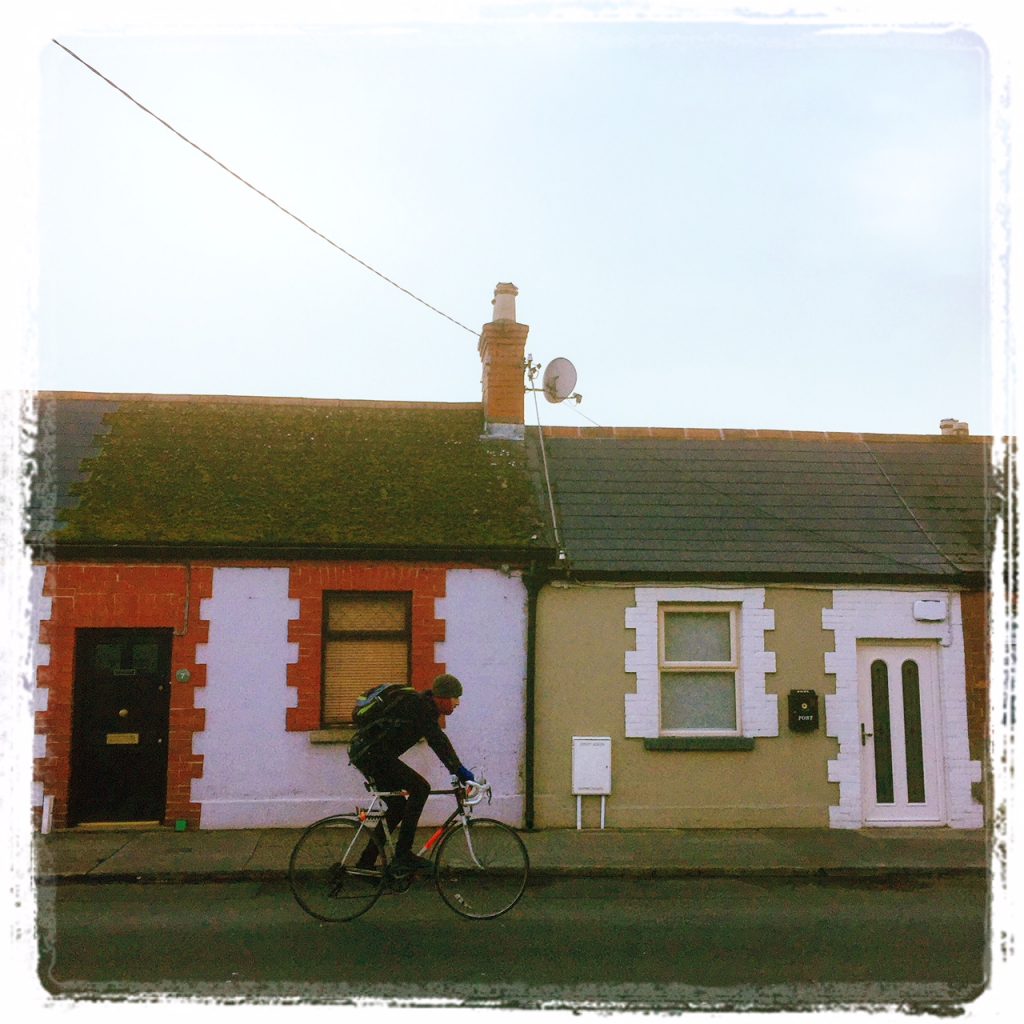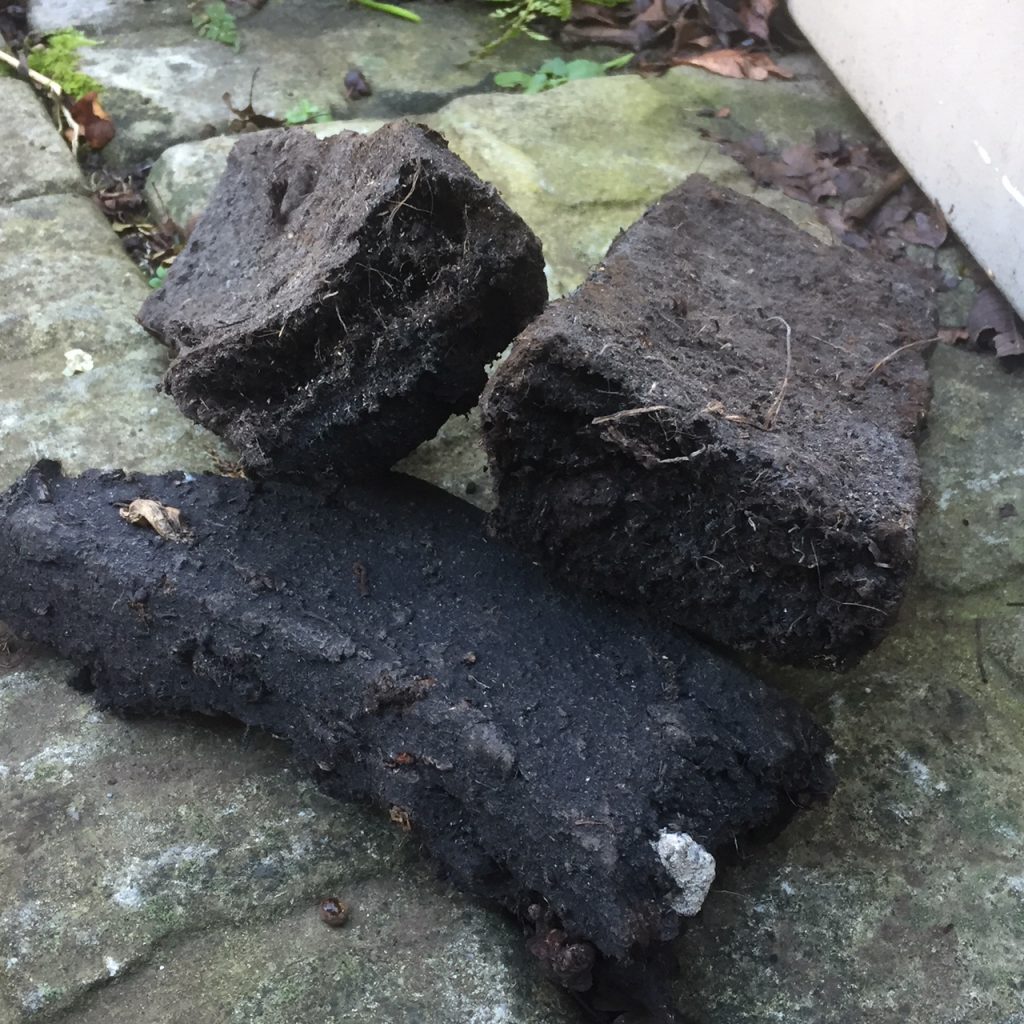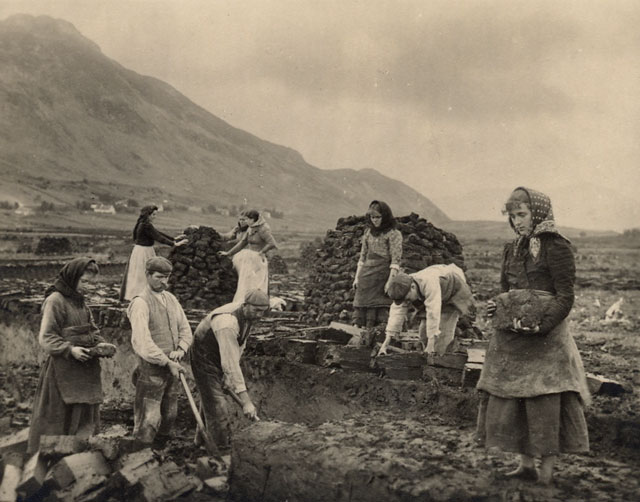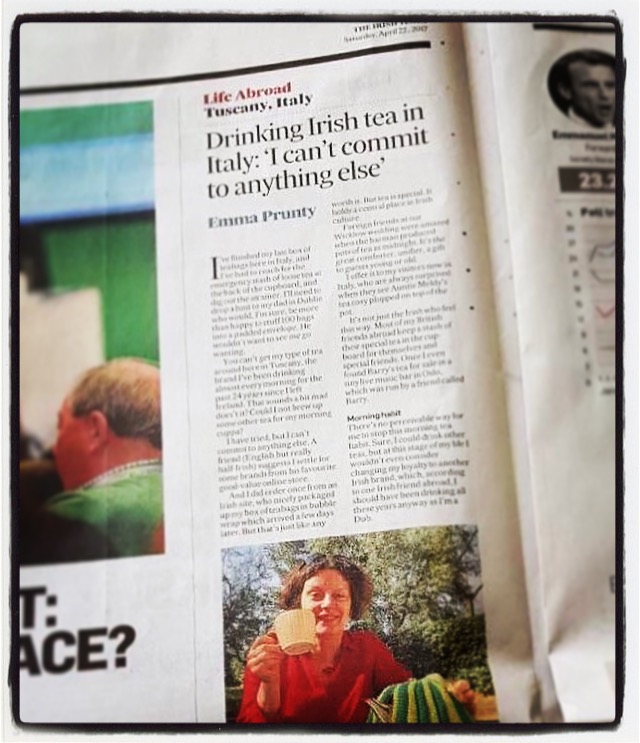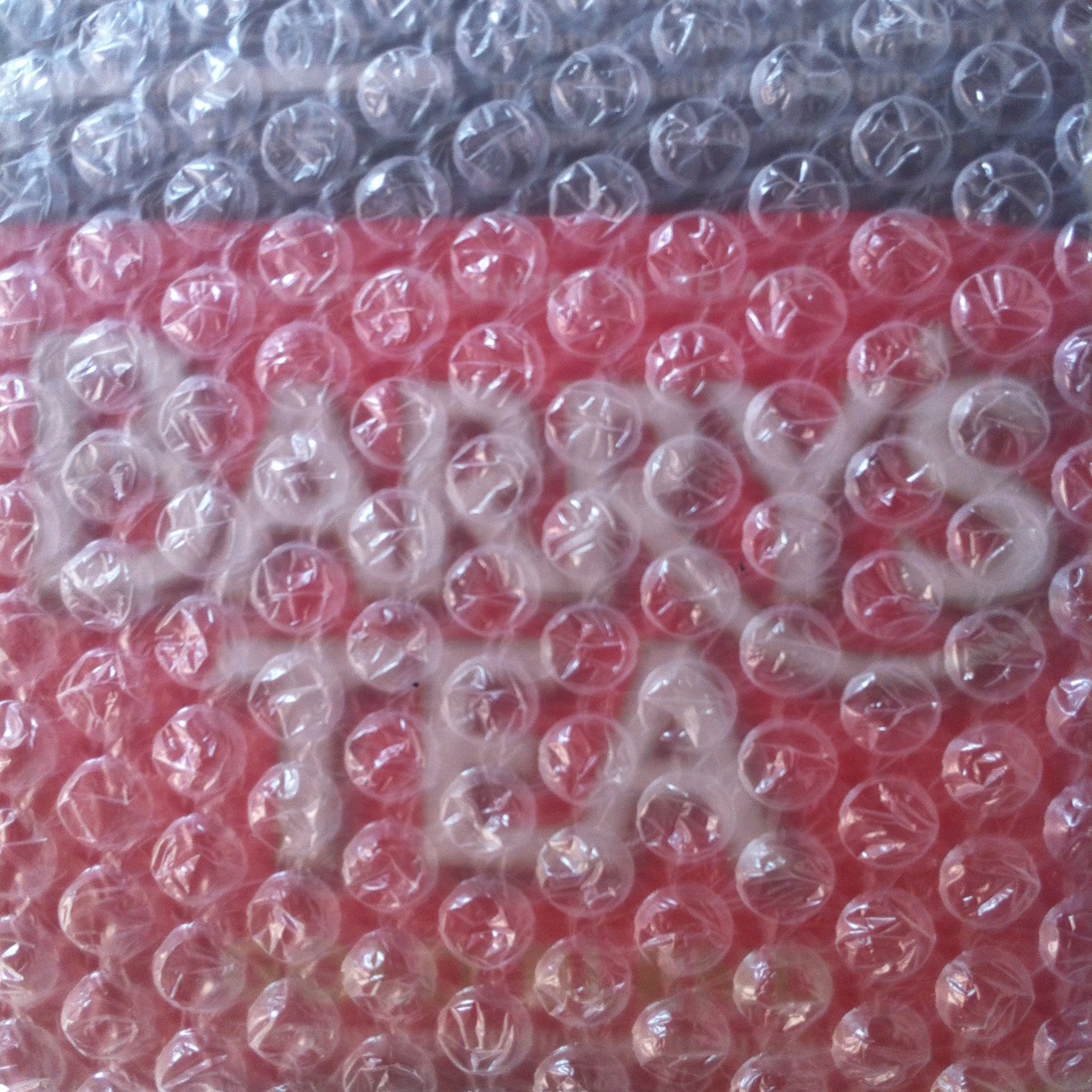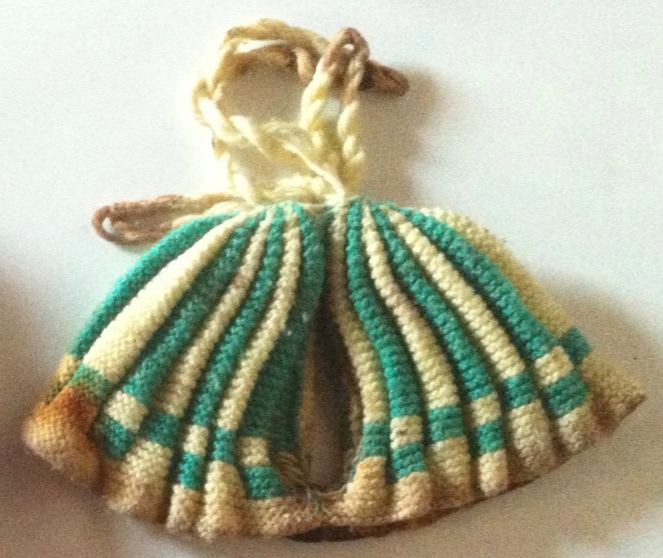This will be the first time my daughters will be celebrating Halloween in Ireland as we’re not going away for the mid-term break. I don’t know what to expect from this celebration, though I’m sure it won’t be the same as when I was young, the mystical memories of which I carried around with me during my many years of living (and parenting) abroad.
For years I’ve been telling our two girls: “ah well an Irish Halloween is the real thing, it’s all genuine there, spooky and authentic. The bangers and the bonfires can be a bit annoying but it’s all good fun with real meaning”. But has it all become commercial and over the top, as I’ve been hearing from friends and colleagues? Or is that unique Samhain spirit, which never really translated abroad, still something a child can feel in Ireland?
Our daughters grew up in Italy and Norway two countries which, like other European nations, are still catching up to celebrating Halloween. It’s seen as another American holiday, one that’s quite like Carnival season (celebrated at the beginning of Lent) but really quite foreign and plainly just an opportunity for kids to dress up with ever-grosser face makeup and expect free sweets from disgruntled neighbours.
But our girls did get a nice taste of an Irish Halloween when they were very little in Norway. The ever-resourceful local Irish mammies of Oslo organised a party in a church hall each Halloween year where apples-on-a-string and other fun and games helped give the local half-Irish kids a blast of their ancient (non-Viking) heritage. One year, I even put in the considerable effort to make a barmbrack from scratch, just to get free entrance to the party.


